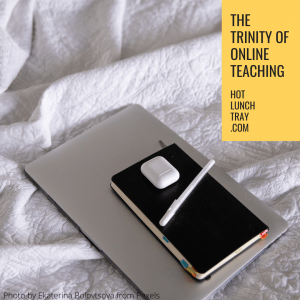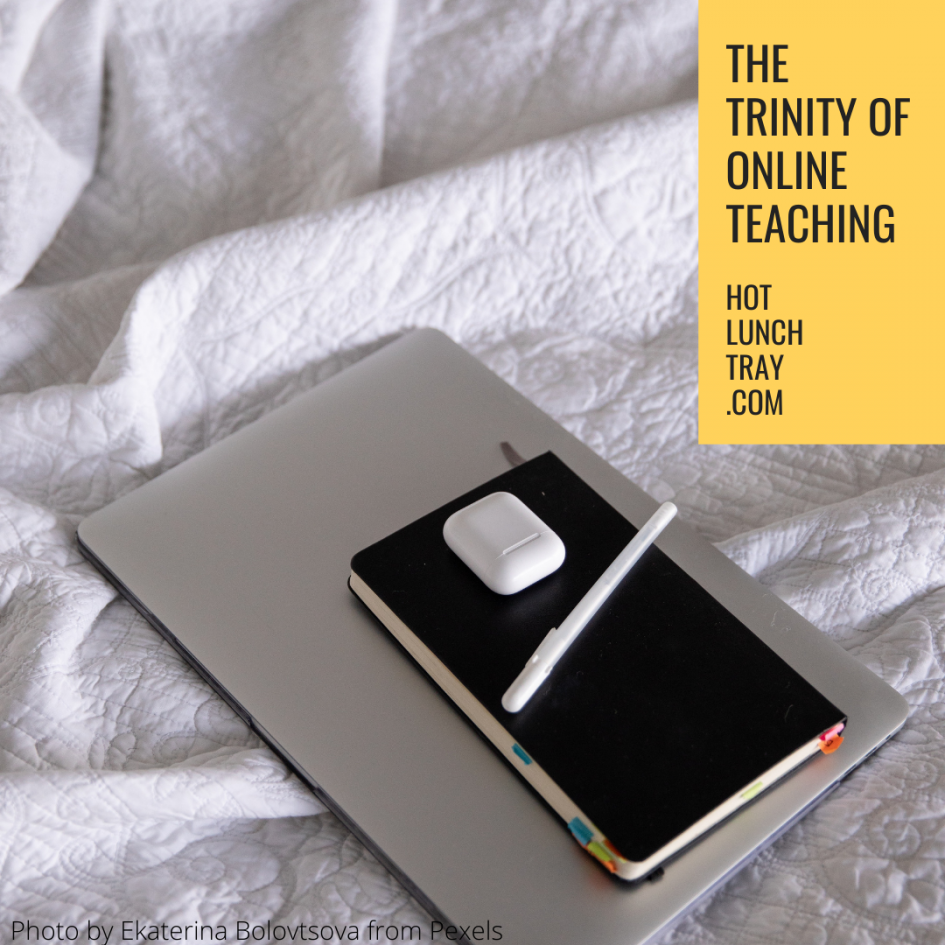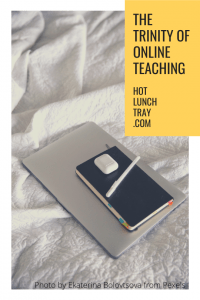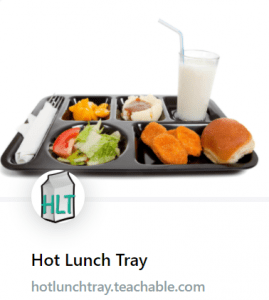Is this the year of online education – along with the year of everything else? Online Learning has a different meaning depending on the audience. This post will review the trinity of online education: commercial, higher education, and K-12.
Commercial
Commercial course platforms are for profit. They operate by providing the platform, modest promotion, and in exchange dictate the profit sharing for selling each course. Courses are exclusively asynchronous and video-based in this format.
These platforms rely heavily on teacher-created videos for instruction. This always slowed down my course creation, I preferred to write and create workbooks over talking and recording my content. The near-exclusivity of video content is why I could never get very excited about Udemy course creation and ultimately never published my courses there.
I had one offer to create a course for a newly organizing commercial course platform and was paid upon completion of the course. The current platform I am publishing course to is Teachable. I use blog content and topics to create courses and offer single purchase prices for courses ($25-45) and Teachable offers monthly payments.
Related: Updating an Online Course
Higher Education
There are two ways in which higher education offers online education. Higher education offers official degree programs and Massive Open Online Courses (MOOCs) less formal education. MOOCs have a special offering for educators, self-driven professional learning readily available to teachers can be effective personalized professional development.
 Related: MOOCs
Related: MOOCs
Higher education offers college degrees online. College teaching also offers current educators access to many adjunct teaching positions through online programs. Until 2020, college courses, either as a student or teacher, were the only experience with online teaching for many educators.
Many colleges now offer Online Teaching Endorsements within existing programs for K-12 educators. This new offering coincides with acquisitions of learning management systems (LMS) in K-12 institutions, where it only used to be a higher education tool.
Related: Ready to Teach Online?
K-12
#RemoteLearning in spring 2020 to #OnlineLearning in the fall of 2020 was all a new experience for many K-12 educators.
…if Remote Learning were a long-term sustained effort it would be Online Learning, but as a temporary response to conditions, Remote Learning is temporary and still is closer to Blended Learning than Online Learning.
Related: #RemoteLearning is Something Different
K-12 educators were in the spring and are this fall under extreme duress. K-12 was a previously stable, slow to change institution and is undergoing rapid and drastic transformation. The year 2020 is as much a test of can K-12 handle rapid change as can K-12 education move to an online platform. Because, of course, K-12 can move online.
K-12 has different considerations than higher education. K-12 educators typically are doing more than one job and K-12 educators typically have access to fewer resources. Until 2020, educators may have only had access to the content which they created. So K-12 educators first had to master the art of content creation and then instructional design.
Content Creation
Creating online content is a minefield of things to avoid. Teachers may be tempted to spend more time on graphic design over academic content creation. When teachers consider moving tested content online they should consider the way to breakdown those learning experiences to online experiences (Read: How to Turn Worksheets into Online Content).
The features of an online course largely depend on the online learning environment – hopefully an LMS – a teacher can use. But the selection and purpose of those features say a great deal about your classroom philosophy.
Instructional Design
Instruction has to be chunked differently for online delivery. An instructor has to find the intersection of the pace of the students and the content and build to mimic that cadence of learning. Building within an LMS is easier because of the built-in tools, but K-12 teachers often have to make their designs work in various online places (Google suite, Sites, or blogs).
After K-12 educators catch up to only doing the job of an online instructor, there are nuances to consider when moving from face-to-face only to online.
Online Pedagogy
Introducing yourself as the instructor to the online class is the first step in teacher presence. Once the other tasks are handled, the idea of being a presence in your online classroom and using the features of the LMS to do so becomes paramount (Read: 4 Way to make your LMS Work for You). Teaching in the online classroom is aided by statistics, but the instruction is not helpful unless you are engaging your students.
The Trinity of Online Learning depends on the audience but also highlights the extra effort required of K-12 educators. Teh year 2020 may be the year of online learning, but the bigger idea is that no educational audience will ever shrink back to only face-to-face.








2021-06-10 at 3:05 pm
Seems very interesting article and give you motivation towards online learning
2021-07-16 at 3:36 am
This is indeed a very informative article! I prefer studying online as I am a part-time worker as well. Hence, I selected a college that fits my needs. Oxford Learning College is one of the world’s leading distance education providers. They work with highly respected education partners to provide quality home study courses including A-Levels and Accredited Diplomas worldwide.
2021-09-09 at 3:50 pm
It looks interesting and sounds good too regarding online learning.
harry recently posted…4 Reasons Why Online Learning is Beneficial
2021-12-24 at 9:59 am
Thanks for sharing these online learning.
By the way, Summit Learning Institute is the best platform for online courses.
2023-04-11 at 6:53 am
appreciate the author’s commitment to sharing their expertise and knowledge in the field of education. This article is a great resource for anyone looking to learn more about the latest developments and trends in education.